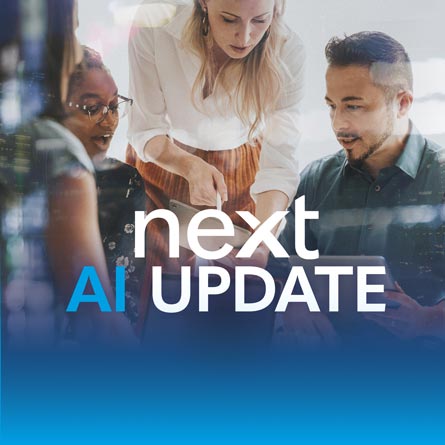Agile transformation in the tourism industry
Customer case for agile management / Customer: anonymous / Industry: Tourism
Situation
Our customer is one of the world's largest providers of tourism services. Since 2008, next level consulting continuously provided project management education for the company based on a framework contact. In 2016, we were asked to provide coaching and consulting for the introduction of
agility in a pilot project. This successful pilot turned into a long-term agile transformation coaching engagement with a scope far beyond the original project.
Solution
The starting point was the introduction of agile ways of working in a first pilot. This was a strategically important large-scale project consisting of 4 teams, 2 of which were spread over several countries.
The teams were put together across functions, including employees from the departments. In these 4 teams, Scrum was first introduced as an agile framework in project management through which the
customer gained initial experience with the agile way of working. The project had high executive visibility which provided challenges, but the sprint-by-sprint delivery of the project results strengthened
the trust of the stakeholders in the approach.
Over time, an agile initiative, supported by next level consulting, formed, consisting of a team of volunteers from various hierarchy levels and divisions. The aim of this team was to proactively own the agile transformation. In many small experiments, scaling was done gradually and as needed, and the changes were made transparent to the rest of the organization through special communication formats, such as agile cafés.
The support was provided by team and individual coaching, advice and training for each role. For executives, whose role changes significantly in an agile transformation, special formats have been created in which they have been able to deal intensively with their own role and the new possibilities.
Result
The agile journey for the company is an ongoing endeavour. Meanwhile, more than 25 teams work agile and more teams are added regularly. Despite some hinderances, a lot of energy is invested to break down barriers, to build an agile mindset in the company, and to continuously develop as an organization.


